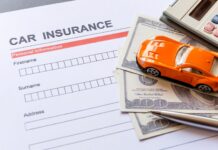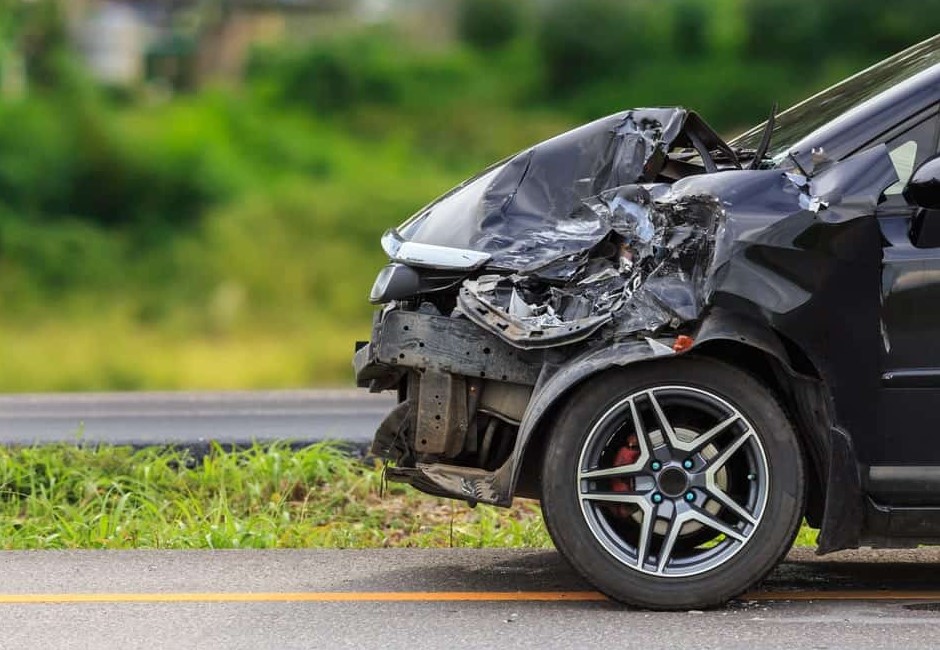
Being involved in a motor vehicle accident can be a devastating experience that may permanently impact your quality of life. When driving, you must take all necessary steps to minimize your chances of being involved in a collision.
Some of these steps are obvious. You likely don’t need to be reminded of the importance of obeying the law and exercising basic caution on the road. However, there are many other steps that can help you avoid accidents that you may not be aware of. To further improve your safety when driving, consider the following tips:
1. Choose the Right Vehicle Color
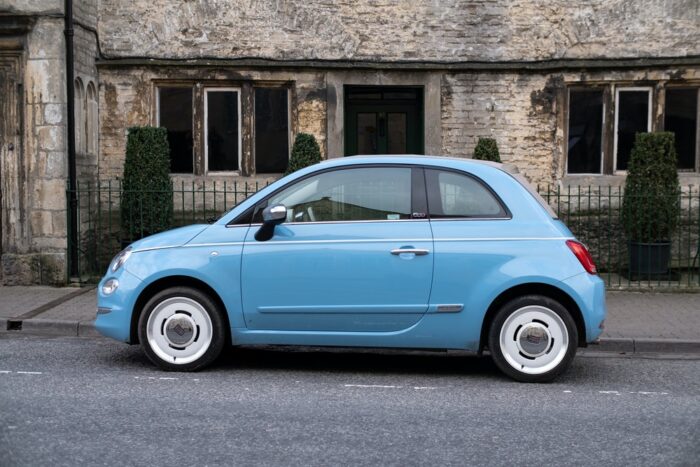
The average person considers one factor when deciding which color car to purchase: their own personal preference. This is understandable and natural. That said, it’s worth noting that the color of a vehicle can influence its chances of being involved in an accident.
This is because certain colors may render a car more difficult to spot in certain environments and conditions. By far, the vehicle color most associated with a high accident risk is black. Black vehicles are very challenging to see in dark conditions and can also blend in with the road at times.
Gray is another color that’s dangerous. This may be because gray vehicles can be difficult to spot in foggy and/or cloudy conditions. Red vehicles are also involved in a surprising number of accidents. This may seem counterintuitive, given that red stands out in many settings.
However, it’s theorized that red cars may be involved in numerous accidents because they might blend in with many common sights on the road, such as stop signs, fire hydrants, police siren lights, and more. The safest color of vehicle to drive is white. Consider this the next time you buy a car.
2. Avoid Dangerous Intersections
Many states and counties keep records regarding where accidents are most common. Quite simply, traffic conditions, road design features, and other such factors can make certain roads and intersections more dangerous than others.
When planning to drive in any area, whether it’s one you’re familiar with or not, it may be wise to research which roads and intersections in said area have the highest accident rates. If possible, you should plan routes that allow you to avoid these areas. While that may sometimes involve adding some time to your trip, driving a little longer than expected is a small price to pay if it means boosting your safety.
3. Don’t Drive at Night
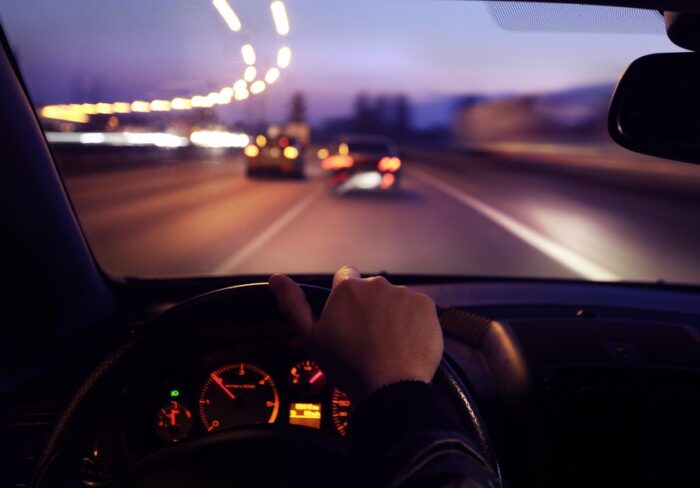
Accidents occur more often at night than during the day for many reasons. One, cars in general are more difficult to see at night, even when they have their lights on. Additionally, people tend to consume alcohol more often at night. This is why drunk driving accidents are more common at night than during the day.
On top of that, people driving at night may be tired. Unfortunately, research has shown that driving while tired can be almost as dangerous as driving while drunk, as being drowsy can actually impair a person in the same way that alcohol can.
It may be impossible for you to avoid driving at night entirely. That said, there are likely going to be instances when you are considering driving at night, even though you don’t actually have to.
For example, instead of making that late trip to the grocery store to pick up items you don’t have an immediate need for, consider going tomorrow when it’s light out. Limiting your nighttime driving can limit your chances of being involved in an accident.
4. Count to Three Before Entering an Intersection With a Green Light
Many of us impulsively pull into intersections right away when a light turns from red to green. However, this can be a mistake, particularly in heavy traffic conditions. A good rule of thumb on the road is to assume the worst of other drivers.
That may not be an ideal attitude to have in every single situation in life, but when driving, you can stay safe by assuming other drivers are not as responsible as you. In this specific context, when a red light turns green, you should consider that someone might run the red light.
Waiting three seconds gives you a chance to ensure a red light runner isn’t driving irresponsibly before you enter the intersection. True, you’ll likely incur the anger of some impatient drivers behind you from time to time if you follow this rule consistently, but in the long run, your safety is more important than their convenience.
5. Don’t Eat
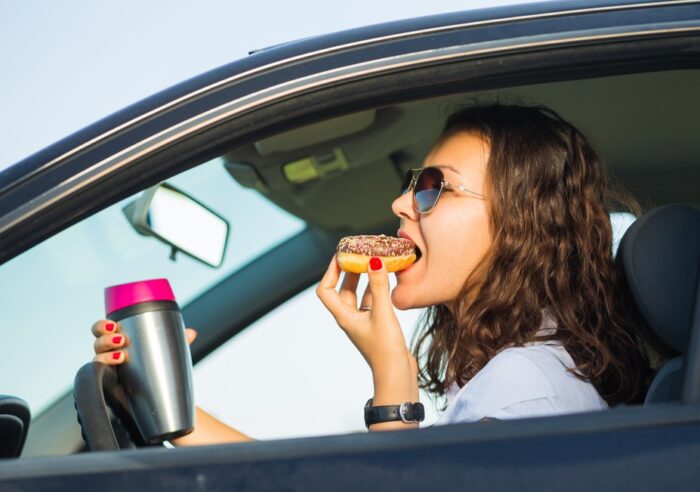
Most states and counties don’t have laws prohibiting eating or consuming beverages while driving. That said, many law enforcement agencies and traffic safety experts recommend staying away from food and beverages behind the wheel.
There are many ways eating or drinking while driving could boost your chances of being in an accident. First, eating and drinking can be more of a distraction than you realize. It can also result in situations that prevent you from being able to safely operate your vehicle.
For example, if you’re sipping a hot cup of coffee and you accidentally spill it on yourself, you’ll be in too much pain to maintain your composure and focus on driving. Or, if you take too large a bite of food and you start gagging, your ability to focus on the road will be reduced.
Many people eat and drink in the car without at all considering whether doing so might not be safe. However, it’s important to understand that consuming food and drink while driving can boost your odds of being injured to a much greater degree than most people realize. Make your way to a safe destination before having a meal.
By practicing safety steps like these, you can more effectively avoid accidents. Just remember it’s still possible to be involved in a car accident resulting from another party’s negligence.
While this will hopefully never happen to you, a car accident attorney may be able to help you recover compensation for your medical bills and related losses. Click here for more information on the subject.


